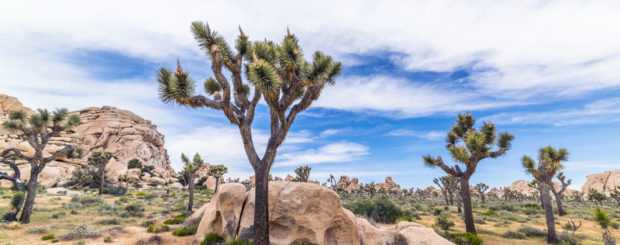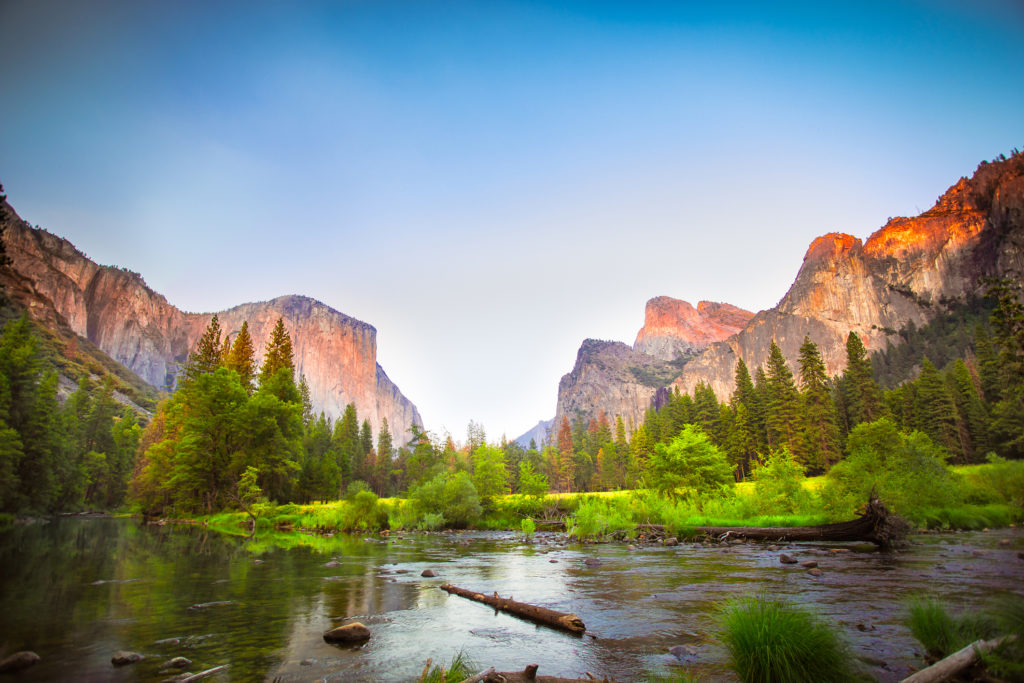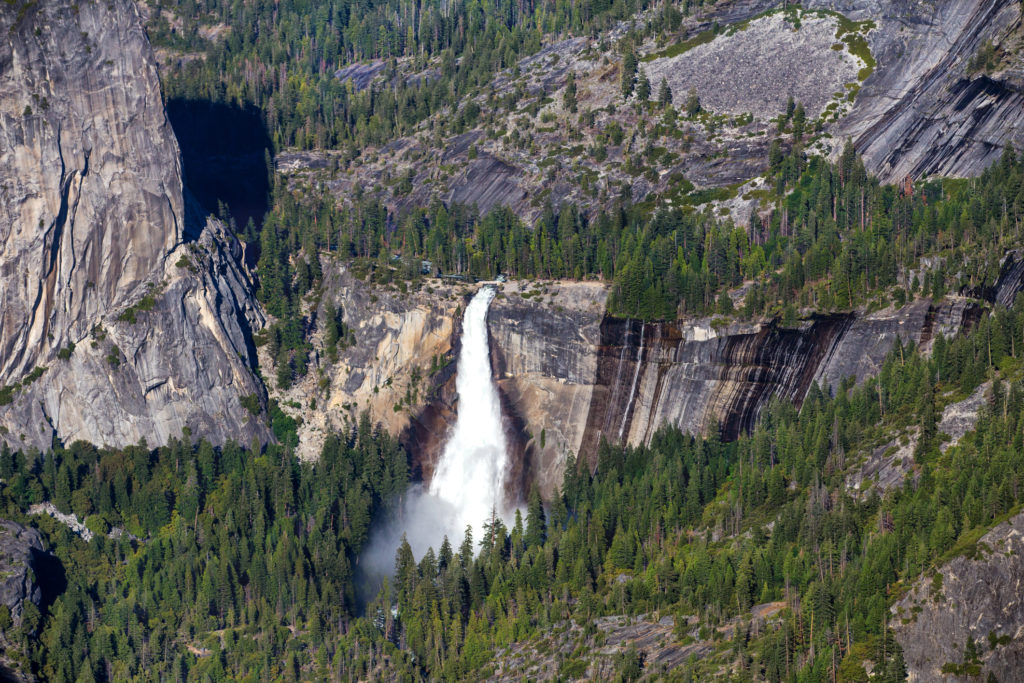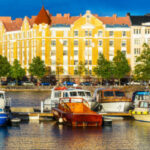What You Need to Know About California’s National Parks
California has a lot of national parks, with the Golden State home to over twenty percent of all of the national parks in the United States. Whether you’re looking to explore the terrain of Death Valley or check out the redwoods in Redwood National Park, there are plenty of options and opportunities to experience nature without ever leaving California’s borders. Here are some things you need to know about California’s national parks.
Why Visit National Parks?
National parks are more than just stunning natural landscapes; they’re also home to a variety of wildlife and rare plants. Not only is visiting a national park an exciting vacation experience, but it’s also great for learning about our environment and conservation efforts.
Where are California’s National Parks?
There are plenty of national parks in California, and they’re perfect for anyone looking for a low-key escape from Los Angeles or San Francisco. Highlights of the state’s eight national parks include Yosemite National Park, which offers world-class camping, hiking and rock climbing; Sequoia National Park is famous for its big trees; Death Valley National Park has some of America’s hottest weather (and lowest point); and Joshua Tree National Park is a beautiful place to drive through.
Often overlooked, Kings Canyon, Lassen Volcanic, Redwoods, Pinnacles, and Channel Islands also offer plenty to do, sometimes less crowds and restrictions.
Who Can Go?
In order to visit a national park in California, you must purchase an entrance pass for yourself and all members of your party. If you have any infants or toddlers with you, they will be required to pay an entry fee as well. National parks are free for all active duty military members and their dependents, but visitors still need an entrance pass. Individuals who purchased their tickets before visiting can save time by printing out their receipt at home.
When Should I Go?
Some of our most popular national parks in California are big draws for travelers, but busy seasons can mean long lines at visitor centers and overcrowded trails. If you want to enjoy a calmer trip with ample photo opportunities, avoid holidays and major weekends. With a little planning, you can visit on off-peak days without sacrificing crowds—just go midweek during early spring or late fall.
Tips for Packing!
Before you leave for your trip, it’s important to have an idea of what you need to bring with you. Not all national parks are created equal, so it pays off to do some research on what kinds of weather or terrain you might be facing. This is especially true if your park includes mountains or deserts. By planning ahead and packing accordingly, you’ll enjoy your trip a lot more! Here are some packing tips – Pack clothing that can withstand multiple layers; it’s never safe to count on sunshine when you travel through higher elevations, even in springtime.
– Pack several pairs of good hiking shoes (well broken in) as well as waterproofing spray and/or Gore-Tex socks. Hiking boots that breathe well are also useful; long pants keep unwanted insects out while protecting your legs from scrapes.
What is there to do?
A few popular parks in Southern California include Joshua Tree National Park, Santa Monica Mountains National Recreation Area, Channel Islands National Park and Death Valley National Park. To create a complete list of national parks in California would be too exhaustive to fit into one short post, but rest assured that each corner of the state is home to at least one national park.
How Much Does it Cost?
Admission to any of these parks can vary from park to park. Your best bet is to purchase an annual pass ($80). If you’re visiting multiple parks over a short period of time, it’s worth purchasing an America The Beautiful – National Parks and Federal Recreational Lands Pass (aka America The Beautiful Pass) for $80.
Military and senior rates are also available for free or lifetime memberships. These passes are good for your entire vehicle.







